Apple introduced the long-awaited AirTag at the "Spring Loaded" event in April 2021. They are meant to aid users in locating lost objects that otherwise have no smart features, like backpacks and keys.
AirTags take advantage of the Ultra-Wideband chip in the latest iPhones to locate lost items with precision. The Find My app shows the current location of an AirTag and can get users within a few feet of the tracker.
Apple initially introduced Ultra Wideband to increase the accuracy of AirDrop by offering a direction-based method to share content. This technology uses triangulation and motion to determine what where nearby compatible items are.
The AirTag was built with privacy and safety in mind. Apple continues to update how AirTags work to ensure it is not abused by stalkers or criminals.
While Apple's primary focus is on preventing misuse of the AirTag as a tracking device, it's intriguing to note that news organizations, police, and other entities have found unconventional uses for it in their professions. These applications extend beyond the intended use case, which is primarily for individuals to track their keys.
Apple's introduction of a new second-generation Ultra Wideband chip in the iPhone 15 and Apple Watch Series 9 is a significant development. This chip, with its enhanced finding capabilities at a longer distance, could potentially be a game-changer in a future AirTag update.
Rumors suggest the second-generation AirTag could launch in 2025. It is expected to have specific integrations with the Apple Vision Pro and the second-generation UWB chipset.
AirTag Features
AirTag works offline and pings nearby Apple devices in the Find My network to mark its location online. With hundreds of millions of active Apple device users, there are very few locations on earth where you won't be able to ping a lost device.
Users can also place AirTag into Lost Mode and be notified when it is in range or has been located by the vast Find My network. If someone finds a lost AirTag with their Apple devices, they can tap it using their iPhone or any NFC-capable device and be taken to a website that will display a contact phone number or email for the owner if they have provided one.
Built-in Privacy
AirTag is designed with the same privacy and security found in Find My. No location data or location history is stored inside the AirTag.
Communication between the Find My network and Apple devices is end-to-end encrypted. Only the owner has access to location data, and no one, including Apple, knows the identity or location of any device that helped find it.
The anonymity of the Find My network ensures a user's privacy is always protected.
The AirTag operates by broadcasting a Bluetooth signal that can be detected by devices in the Find My network. If, for any reason, an AirTag gets disconnected from its owner's Apple devices, it takes the initiative to update its location based on the next Find My device it can establish contact with.
It's worth noting that a passerby with an iPhone won't be alerted about the AirTag. However, the AirTag can send you a notification if it accesses the Find My network while in Lost Mode, giving you complete control over its functionality.
When someone discovers an AirTag and taps it with their device, it tells them only the information the owner allowed. The owner won't be alerted to who found a lost AirTag, only that its location has been updated in the Find My network.
Apple doesn't advise using the AirTag as an anti-theft device. AirTags are meant to locate lost objects, anything suspected stolen should be reported to the proper authorities.
Users can share their AirTag with anyone, even those outside of their Apple family. It is controlled by the AirTag owner and the sharing permission can be revoked at any time.
Anti-Stalking Features
Apple has implemented a feature in iOS 14.5 to prevent bad actors from using the AirTag for unwanted tracking. If the iPhone detects a device using the Find My network following the person around, perhaps in a backpack or vehicle, the iPhone will alert the owner.
This alert will only occur when the tracker has been separated from its owner's Apple devices, so don't worry about spurious notifications while riding a bus or walking in public.
If an Apple AirTag has been separated from its owner for an undesignated period of time, it will begin chirping regularly. Reports indicate the chirp is only about 60 decibels at its loudest and can be easily smothered if the AirTag isn't in an open space. This chirp is the only automatic protection against stalking Apple can provide to those who do not have an iPhone.
Notably, cheaper tracking technologies are sold on the market that doesn't alert people to their presence. Tile sold one such tracker, which taps into Amazon's Echo network for easy finding.
Google and Apple have worked on an interoperable standard that fixes the issue. Any tracker that emits a known signal is now tracked and alerts users on Android or iPhone.
Apple has addressed concerns about stalking with transparency surrounding protective features and tweaks to how they work. Users will be warned against using the device for stalking during setup, and authorities can use the serial number to identify its registered owner.
Some individuals are seeking out ways to detect various trackers using dedicated devices instead of apps. One such product, called Bluesleuth-Lite, is being developed by Berkeley Varitronics Systems to accomplish this.
These devices have been rendered somewhat moot by the anti-stalking system that's cross platform provided by Apple and Google. Users should get alerts when unknown trackers are following them, regardless of the manufacturer.
Precision Tracking
Precision Finding is only available to iPhones with the Ultra-Wideband chip, first or second generation. Older iPhones without this chip, or items like the iPad, will fall back on Bluetooth to locate an Apple AirTag, which won't be as accurate. Once within Bluetooth range, users will be able to play an audible sound to aid in tracking the lost device.
Devices with the Ultra Wideband chip that can use Precision Tracking:
- iPhone 11
- iPhone 11 Pro
- iPhone 12
- iPhone 12 Pro
- iPhone 13
- iPhone 13 Pro
- iPhone 14
- iPhone 14 Pro
- iPhone 15
- iPhone 15 Pro
Users will need to be within Bluetooth range, so about 15 to 30 feet away, to use Precision Tracking. Otherwise, it will be up to the Find My network to ping the lost AirTag and update the owner of its general location. Because of this, Apple doesn't recommend customers track living things that can move around on their own, like pets or children.
If a child wanders outside of the Precision Tracking range with an AirTag attached, it reduces its usefulness significantly. The parent would have to place it in lost mode and begin searching for the child in the hopes that it comes into range or is pinged by the Find My network.
Instead, the company recommends getting the child an Apple Watch with GPS and Family Setup. This way, the child can be tracked no matter where they go, as long as it's not inside a cave without a satellite signal.
Pets have a similar problem. While attaching a tracker to a pet's collar sounds like a good idea in practice, it would only help find them while inside the home network.
If the pet ran away and got picked up by someone, the person finding the pet would need an updated iPhone or iPad nearby to ping the Find My network. Even if they had an Android device to tap the AirTag for more information, they'd have to know that it was a capability in the first place.
Pets also have a tendency to chew on things attached to their collar. The AirTag is made of soft plastic and metal, so it isn't difficult for a dog's teeth to break the device, which results in the pet eating metal or batteries. So, if a person must use an AirTag on their pet, ensure it is used in an enclosure that is bite proof and doesn't dangle from the collar.
Google's Find My Devices for Android
On April 8, 2024, Google launched Find My Devices, a network for locating both first- and third-party items. The new feature for Android will allows Android users track phones, tablets, and computers, similar to Find My.
Part of Find My Devices includes the ability to detect nearby trackers as part of a push to prevent device trackers from being used for stalking.
If everything works as intended, Android users will be notified if an unknown nearby AirTag or other tracker is nearby and following them around. The same goes for iPhone users, who could be notified if a Tile or other product is nearby and not connected to the user's device.
The new system had some bugs at launch that led to some devices not being pinged by Google's network despite being knowingly close to Android devices. It may take some time for Google to work out the bugs.
Now that the new system is available, devices with both Apple Find My and Google Find My Devices are launching. One of the first is the updated Beats Pill in 2024.
Apple AirTag Review
We loved the minimalist design and tiny form factor of the AirTag. It does the exact job it was designed for and does it well — finding lost things.
The major caveat is that you need a keychain or pouch to place it in. There is no built-in attachment mechanism, though they are mildly magnetic.
Design specs
The 0.39-ounce AirTag weighs about as much as two quarters and is about the same size too. It is 1.26-inches in diameter.
The small size is thanks to its form-over-function design. There isn't a keychain, loop, or cord in its minimal design, which prevents us from giving this a perfect five-star review.
In a somewhat surprising yet necessary decision, Apple has made the battery replaceable in the AirTag. The CR2032 coin cell is common enough to find at any local supermarket. The battery life is approximately one year, tho repeated pinging could reduce it.
Users are able to play sound from the AirTag when attempting to locate the item. We like that the audio is loud and un-ignorable when the AirTag is making itself known. This sound not only helps find the device quickly, but it also helps alert people to any unknown AirTag on their person.
Setup
Remove the plastic tab from the AirTag, and it is ready to pair and use. Pairing it is similar to the process for paring AirPods.
After the AirTag is paired, users can associate it with the type of item it is being attached to, give it a custom name, and change the emoji for the Find My icon.
Finding a lost AirTag
AirTag can only help you when it can ping the Find My network. That means if you've lost something in a remote field or parking lot, you may be on your own.
Luckily all isn't lost. You'll be able to see the last location the AirTag was seen by other Apple devices, and that will get you within yards of the tiny device. From there, you'll be able to circle closer to it until the iPhone alerts you that it has detected the item's location.
There are pros and cons to this method of finding items. Apple can tell you via GPS where your AirTag was last seen, but depending on the device's signal reporting the location, you could be searching a half-mile radius.
It is undoubtedly better than having no idea where to search, but this isn't as accurate as a satellite-tracked pet collar or car theft prevention system. Precision Finding will kick in once you've found yourself within a few yards of the AirTag.
We found that the U1 chip in the iPhone 11 and iPhone 12 are great at finding the AirTag. Using the Ultra-Wideband frequency, you'll be able to track from 15 feet away to inches.
When using an older iPhone without the U1, or if you live in one of 16 countries where Ultra Wideband isn't allowed in consumer electronics, AirTag finding falls back to Bluetooth. That means you'll get within 15 feet of the AirTag and have to listen for its sound to locate it.
Errors and other issues
- No way to set metric values for Precision Finding
- Low light situations will ask for the flashlight — inexplicably
- Multi-level AirTag location is inconsistent
- AirTag cannot be shared with a family
- Battery level can't be checked until the low-power warning is issued
Apple AirTag Price
The Apple AirTag costs $39 for a single device, while pack of four is available for $99 (retail). Customers can engrave their AirTag with four text characters or select from a handful of emojis.
Customers may find in-store stock, but engravings can only be applied when purchased directly from Apple online. AirTags officially launched on April 30, 2021.
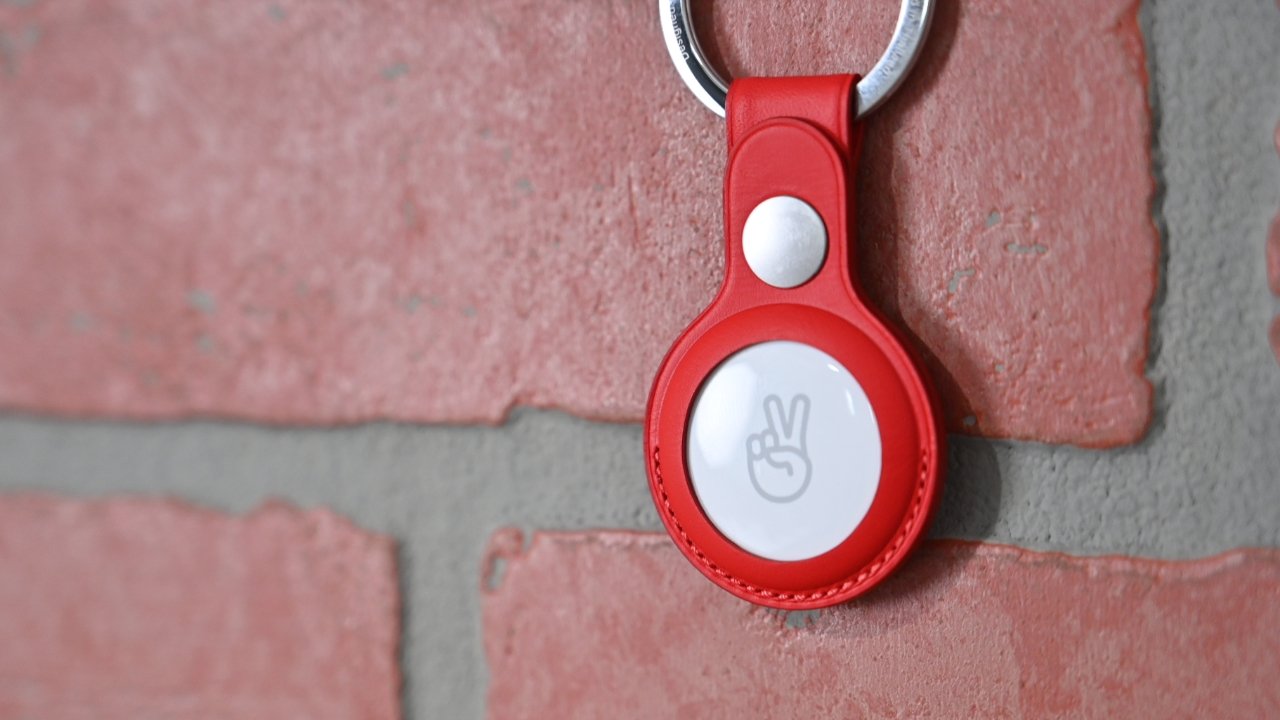
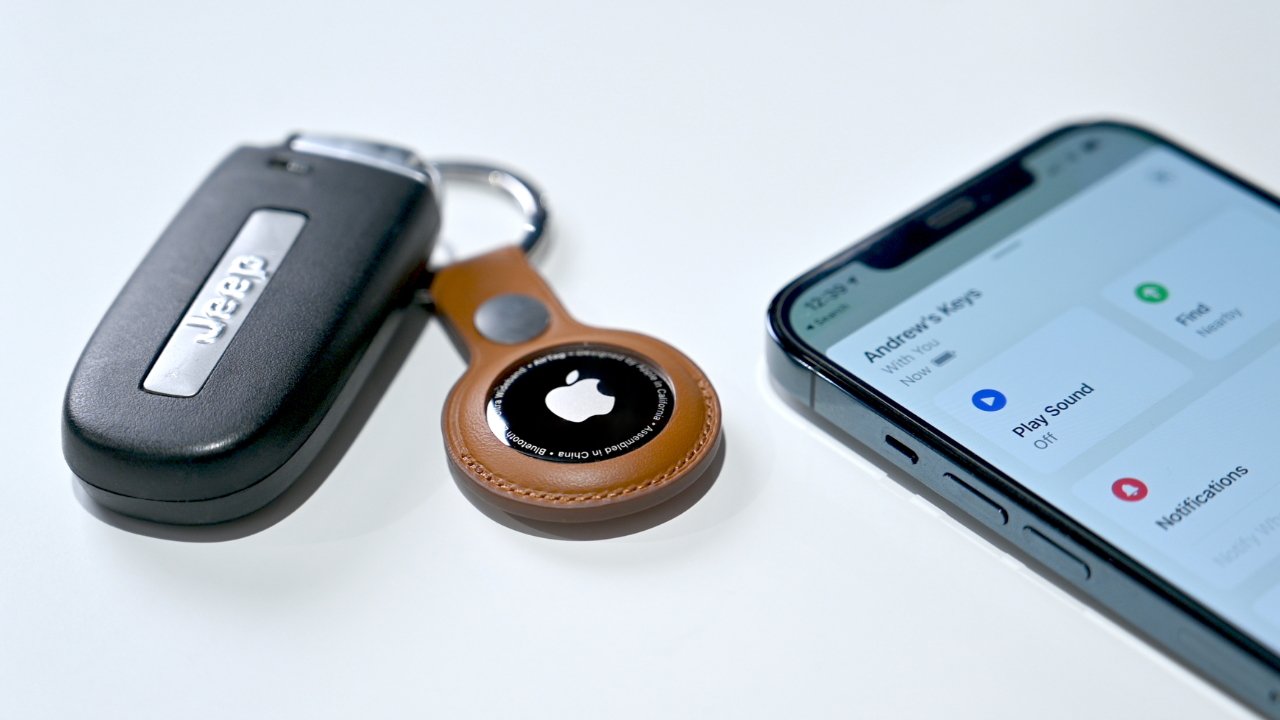
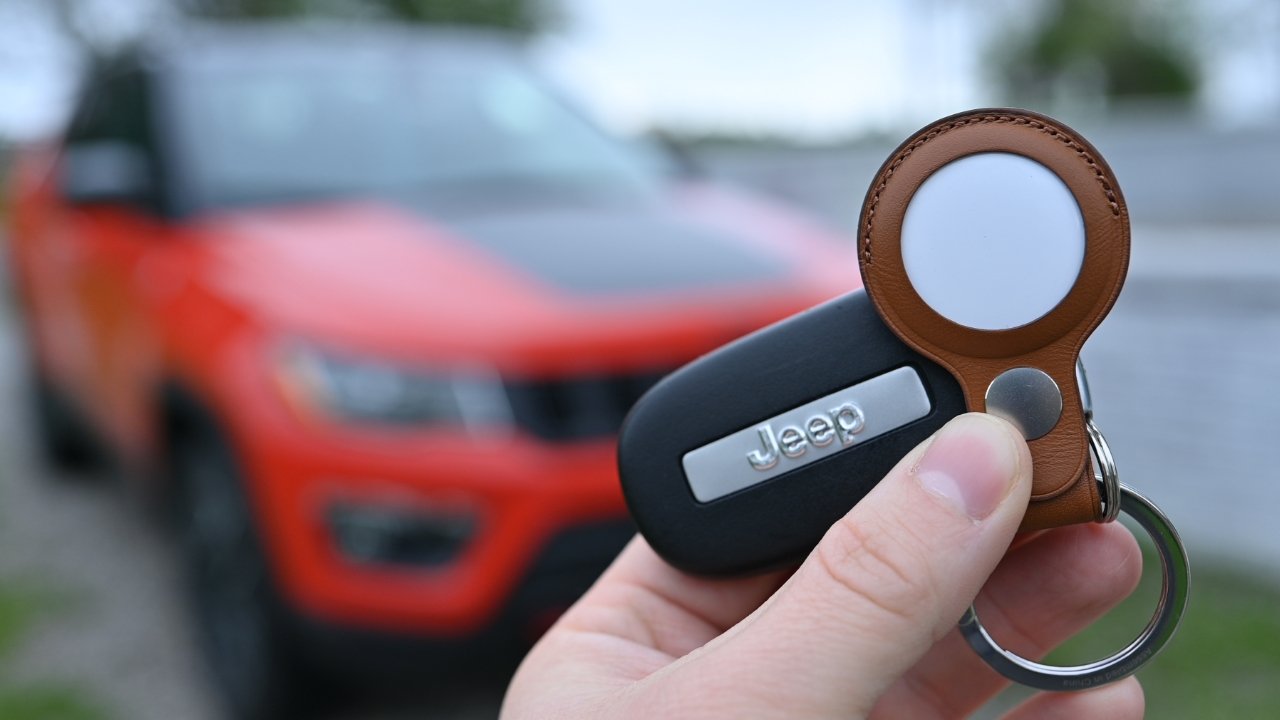

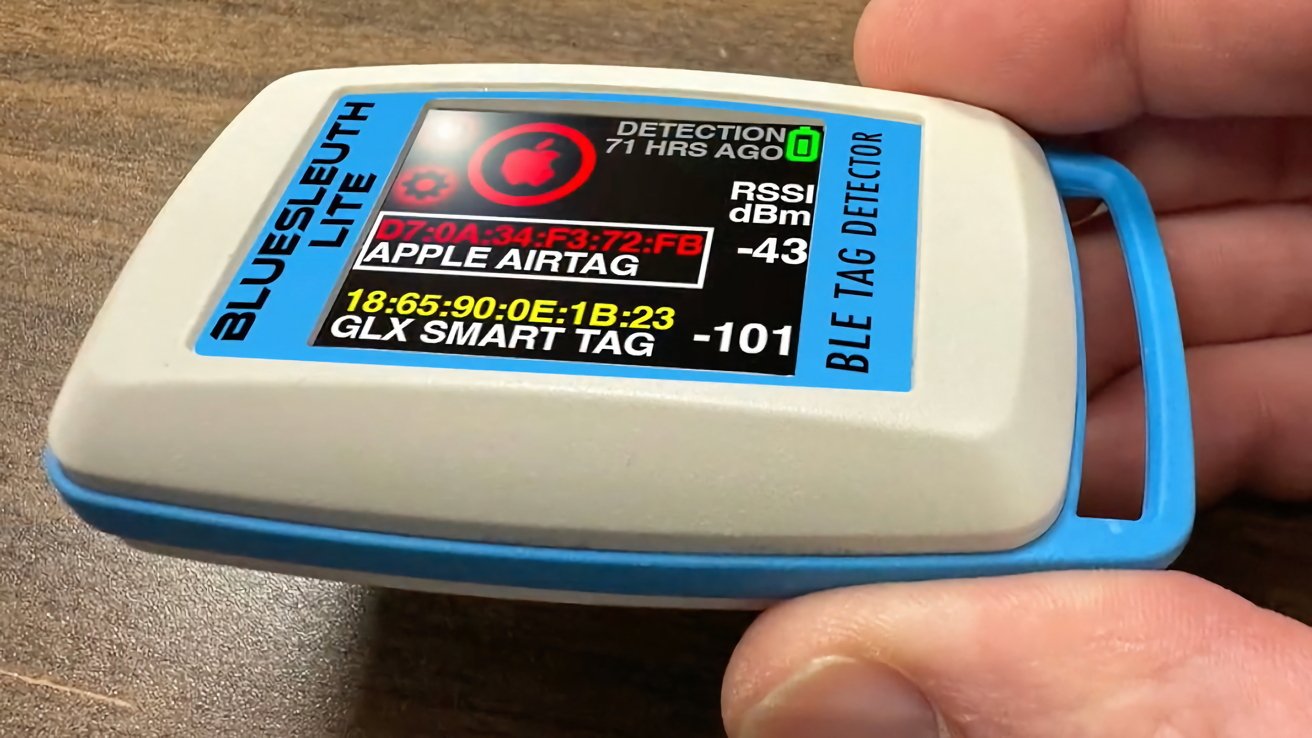
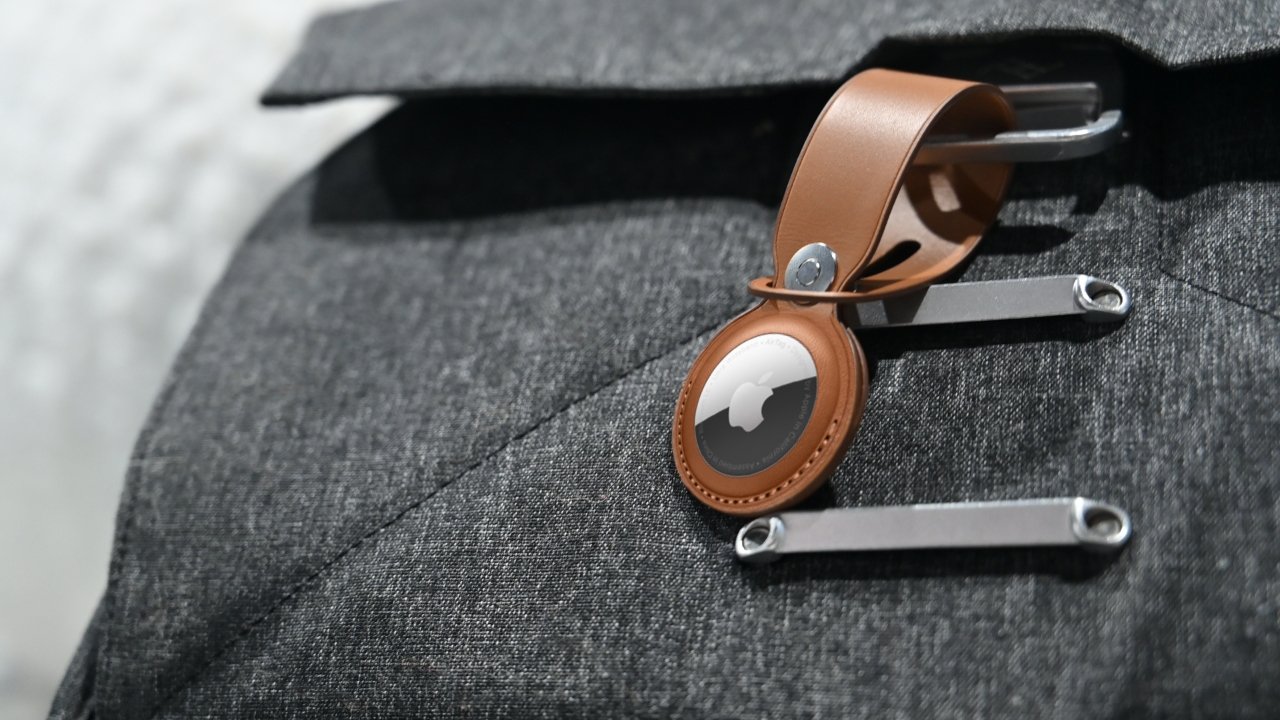
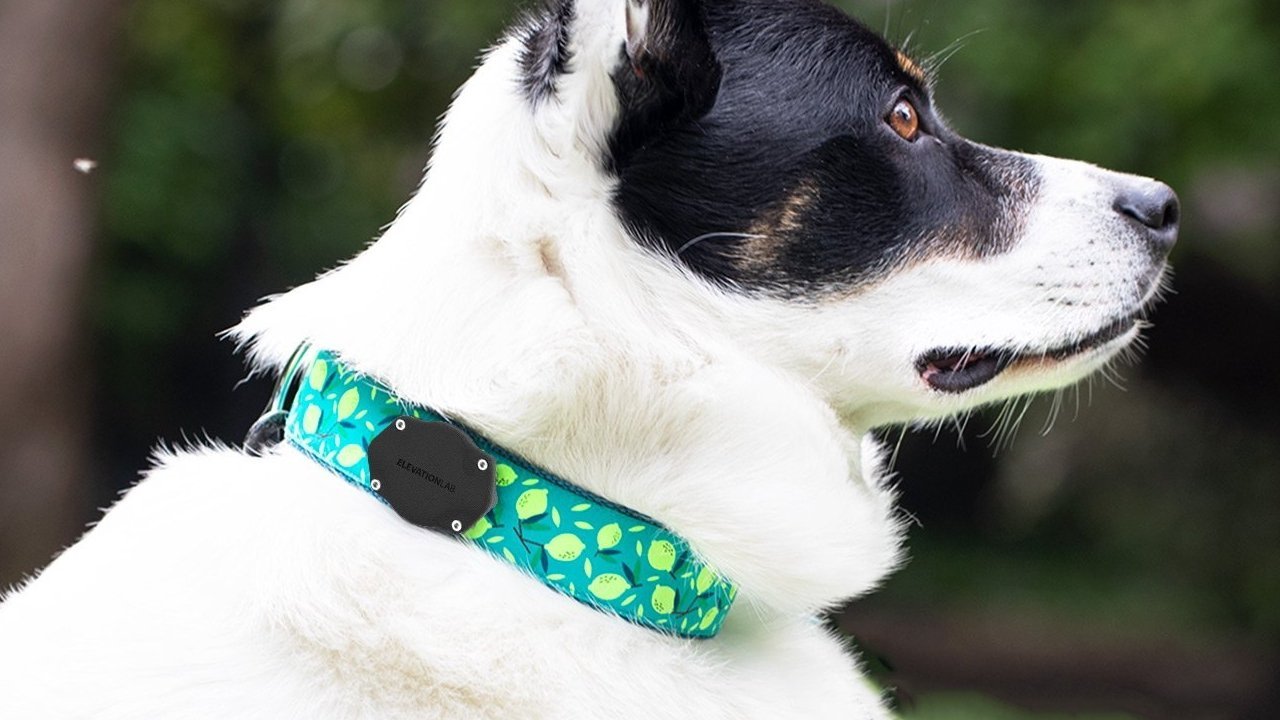
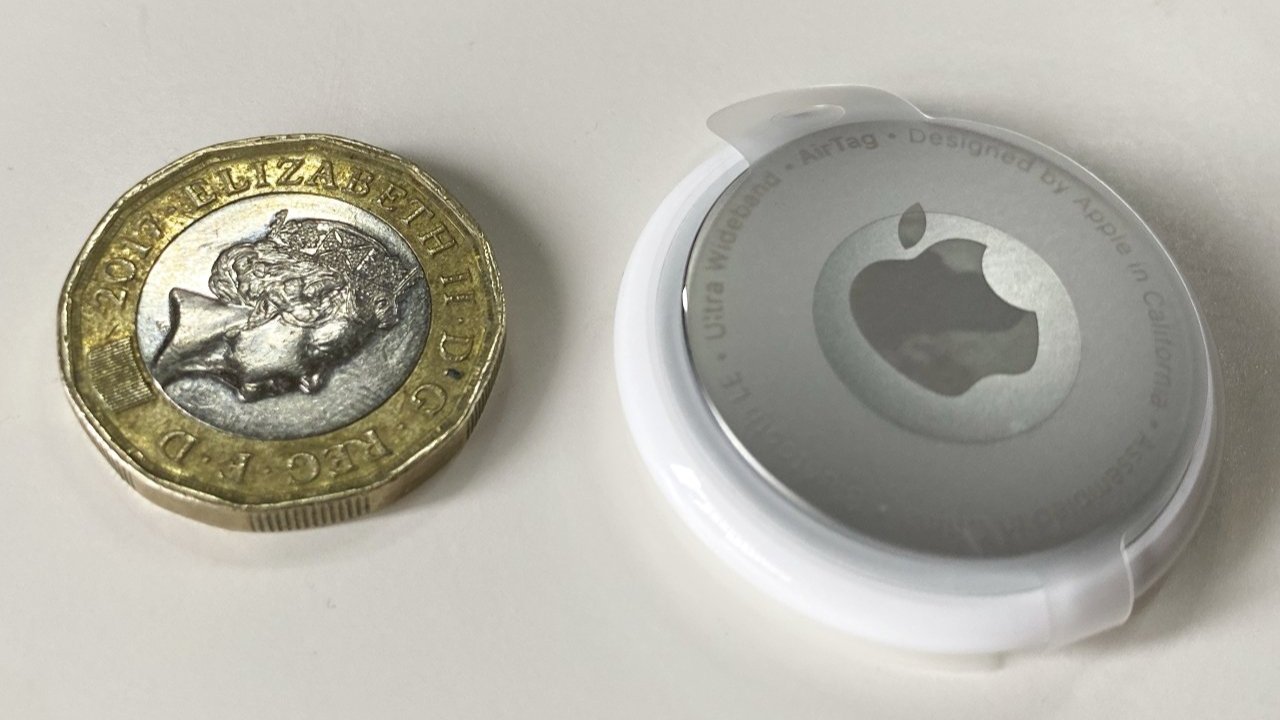
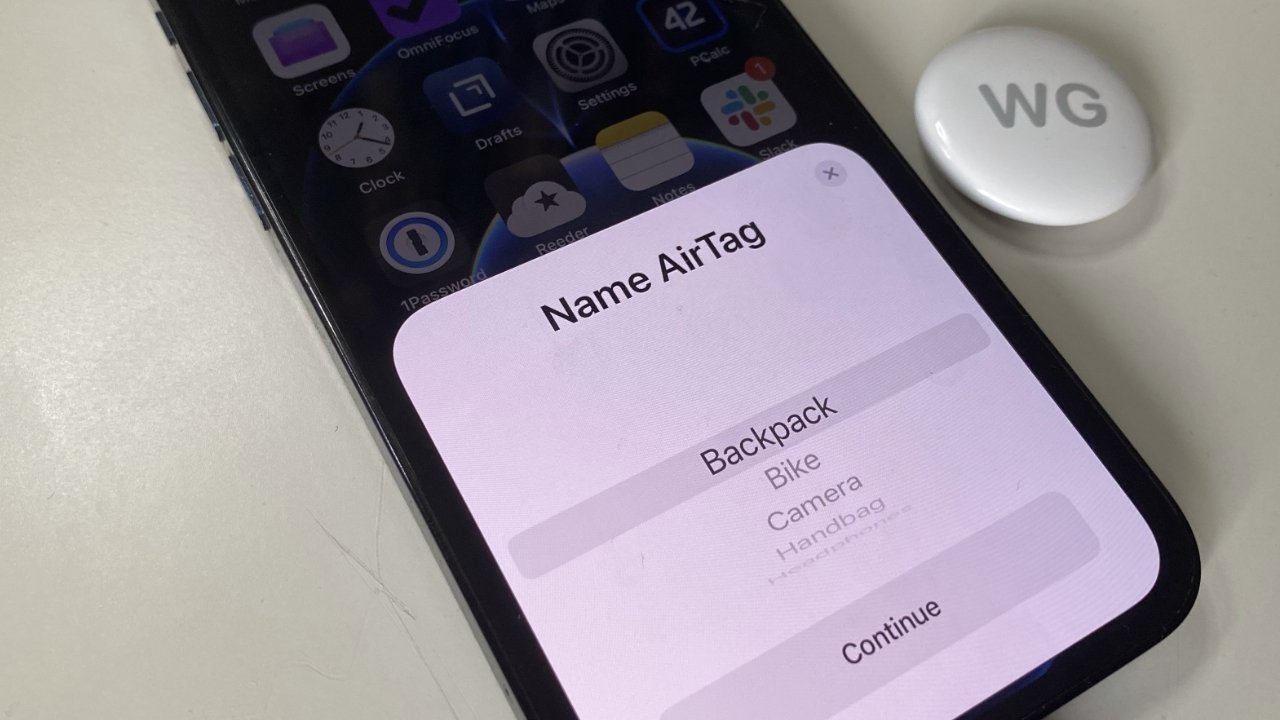
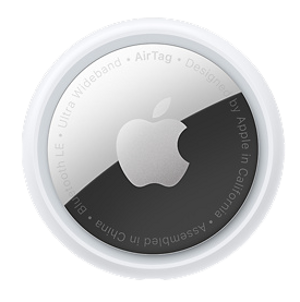
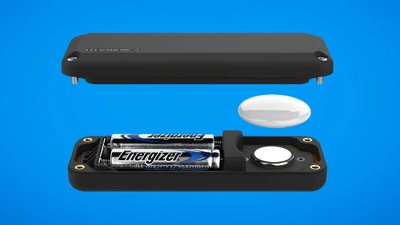
 Malcolm Owen
Malcolm Owen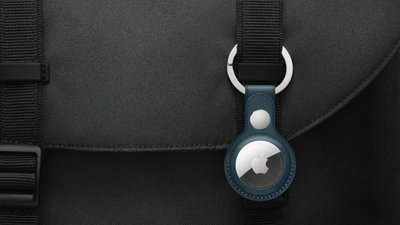
 Mike Wuerthele
Mike Wuerthele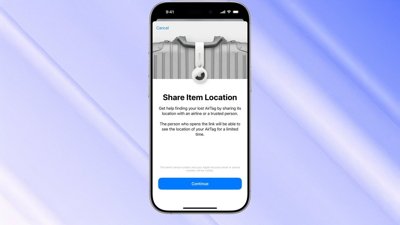
 Amber Neely
Amber Neely
 Wesley Hilliard
Wesley Hilliard
 AppleInsider Staff
AppleInsider Staff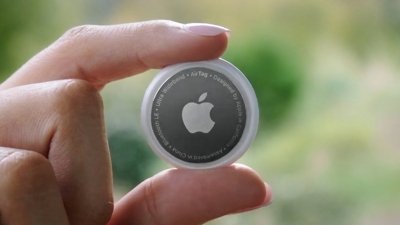
 Christine McKee
Christine McKee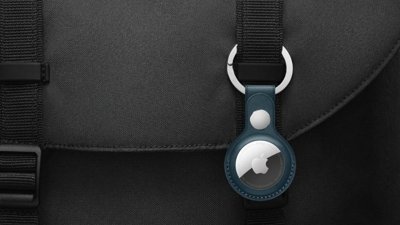
 Charles Martin
Charles Martin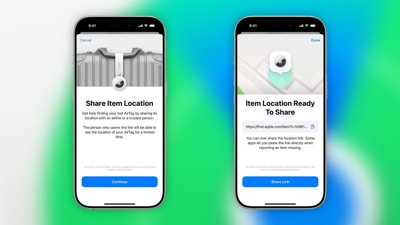
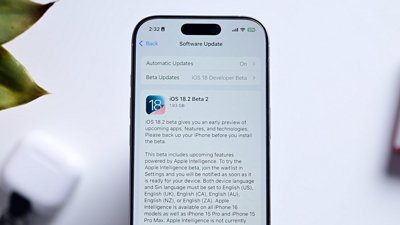
 Marko Zivkovic
Marko Zivkovic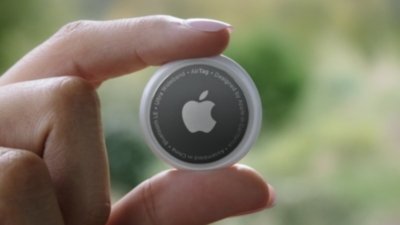
 William Gallagher
William Gallagher